
The Himalayas of India: Ladakh and Srinagar,
Summer 2013
Page 8 of 13
Dah's Aryan inhabitants seek to keep their culture distinct and their people pure in large part through isolation from the rest of the world. At a population of 4000, the people the Ladakhis call the Brokpas are one of the smallest ethnic groups in the world, and speak a dialect that they call Miramo, which according to a book by Breton Schwarzenbach, has "strong Indo-European roots". They also have their own animist religion called "Bon-Cho", where they worship elemental spirits, mixed with Tibetan Buddhism. Some theorize that the people are descendants of Alexander the Great's invading army, but no one actually seem to know their origins. Some German women have sought the men for their pure Aryan seed. While some of the men may happily oblige them, it's frowned upon by village elders and the Indian Army (this area requires a permit to enter). ~~~ Title: Dah Valley Nights
|
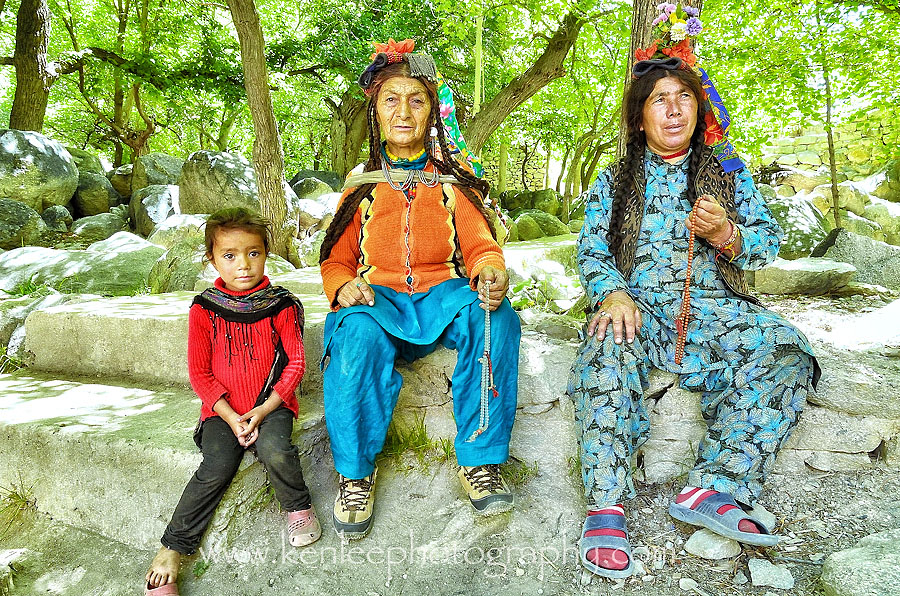
Sunday 23 June 2013 - Dah Village, West Ladakh: After breakfast, Lundhup took us on a walk to the Dah Gompa, a new building housing a couple of old Buddhas, a Chenrezig, and in the back with some scrolls, a Maitreya (Future) Buddha.
|
|
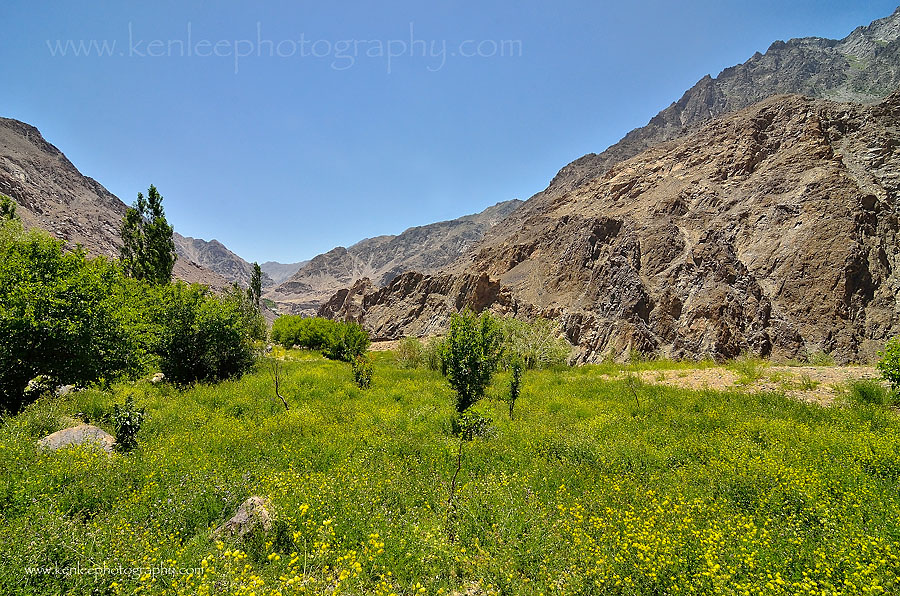 The wildflowers near what is now Dah Village let the three brothers know that this valley could be irrigated. The wildflowers near what is now Dah Village let the three brothers know that this valley could be irrigated. |
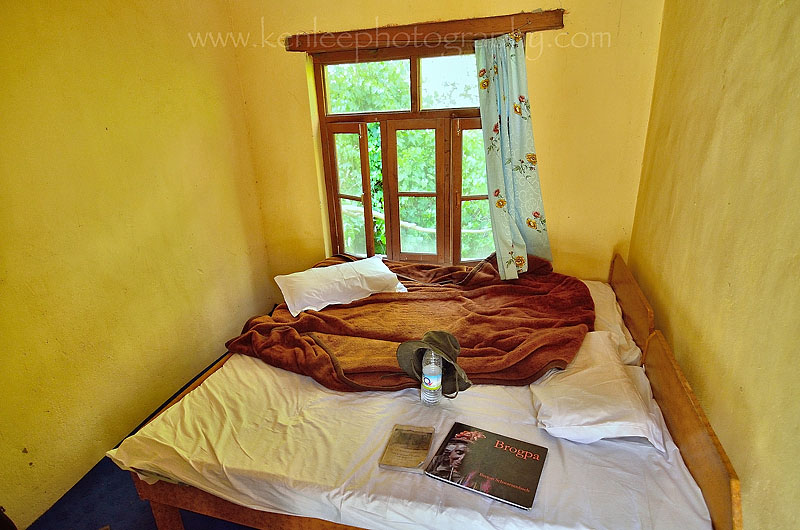 My room upstairs, off the roof, at Skybapa Guest House. My room upstairs, off the roof, at Skybapa Guest House. |
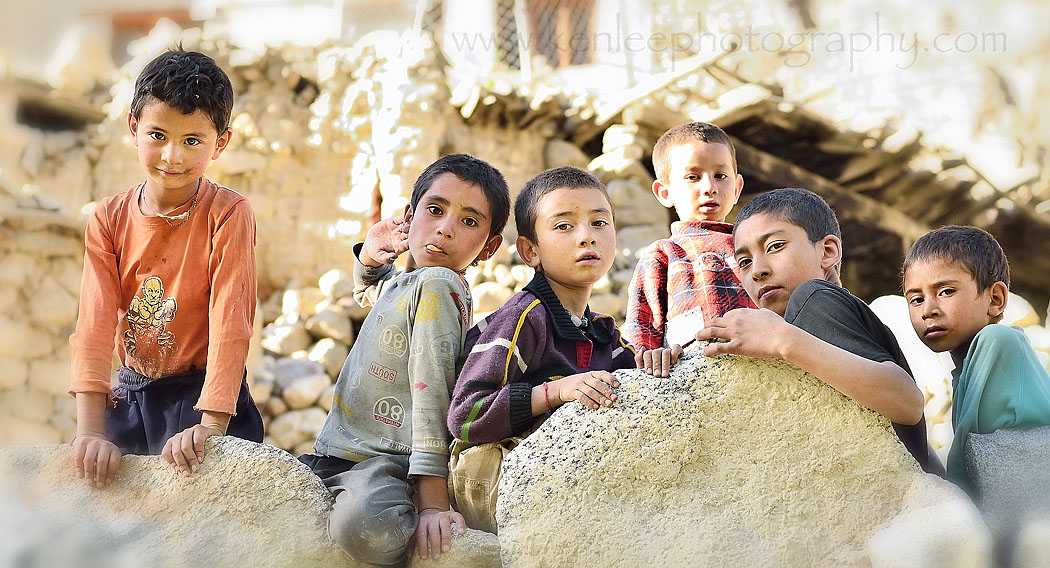 More Aryan children, residents of the unusual Dah Village. More Aryan children, residents of the unusual Dah Village. |
Dah Village Houses: As one enters, one descends into a dark room. In winter, the fire at the hearth is kept burning almost constantly and the room is filled with smoke. There are no windows and the door is usually kept shut or ajar to prevent cold drafts. The only escape for the smoke is when the door is open. Sometimes there is a small opening in the roof where some of the smoke passes. These are the old style houses and are either not made or rarely made now. Another sort of house, a sort of hybrid old/new house common in Dah is not subterranean, which is mostly with the very old houses. The newer homes are usually two-storied. The ground floor is used for livestock, and is located above the large living room. The stones are fitted as with the very old subterranean house described above. The roof plays an important role in both winter and summer. In the winter, one often enters the house through the roof, and is also used by neighbors to communicate. Much of the time is spent on the roof. During the summer months, people dry their excess fruit for the winter. Children play on the roof while mothers do work. During the winter, the household spends time sitting around a smouldering coal fire under a covered shelter on the roof. They exchange gossip, tell stories, and do work like cleaning wool or making thread. And finally, a new type of house construction uses sun-dried rectangular bricks from a mold. Some of the old and intermediate houses also will add an extra floor by using these sun dried bricks. Lundhup mentioned that some of the three-story homes, including the older ones, house livestock in the bottom, while the second story is used in winter because the livestock keeps the second floor warm, and live in the upper story during the summer. According to the book, there are about 35 households in Dah, and almost all possess more than one house. Of course, not all the houses are continually inhabited. The additional houses are located near the fields and are mainly used during the summer when the family needs to be close to the fields. Many families also have a summer residences or land in the higher reaches near the stream, also for use during the summer when the snow has melted and crops can be sown, and later during harvesting. These can also be used by shepherds for grazing their animals. Now...aren't you glad you came to this site to read about the Aryans of Dah? :D |
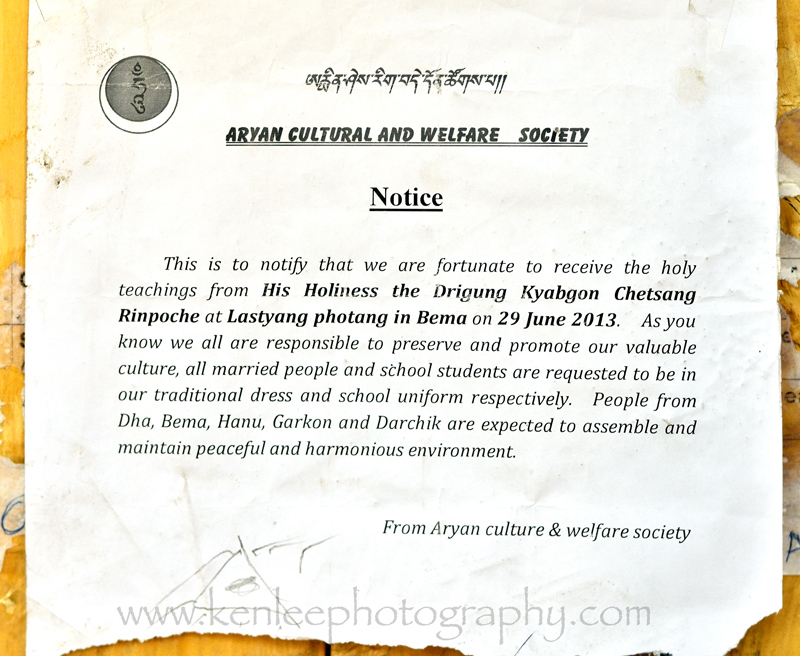 Aryan Cultural and Welfare Society, posted to a door, describes preserving the culture by wearing traditional dress and school uniforms. Aryan Cultural and Welfare Society, posted to a door, describes preserving the culture by wearing traditional dress and school uniforms. |
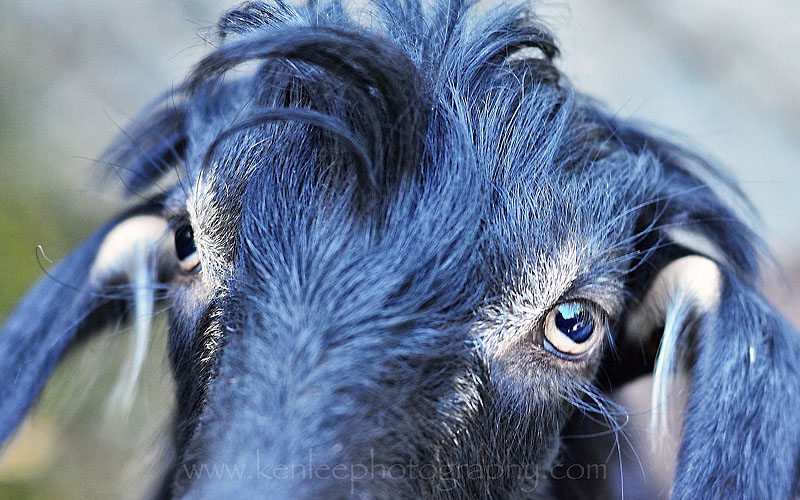 A goat peering at you from Dah Village, Ladakh, Indian Himalayas. A goat peering at you from Dah Village, Ladakh, Indian Himalayas. |
 A mani stone just outside the Dah Village Buddhist Monastery. A mani stone just outside the Dah Village Buddhist Monastery. |
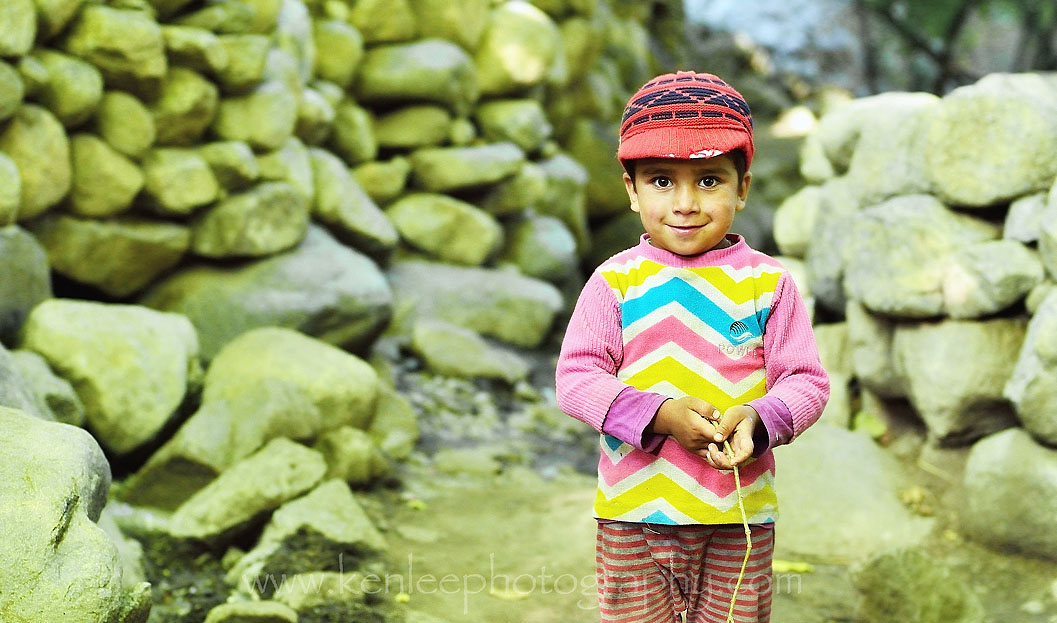 Some theorize that the Aryans of Dah-Hanu Valley are descendants of Alexander the Great's invading army from over two thousand years ago! Some theorize that the Aryans of Dah-Hanu Valley are descendants of Alexander the Great's invading army from over two thousand years ago! |
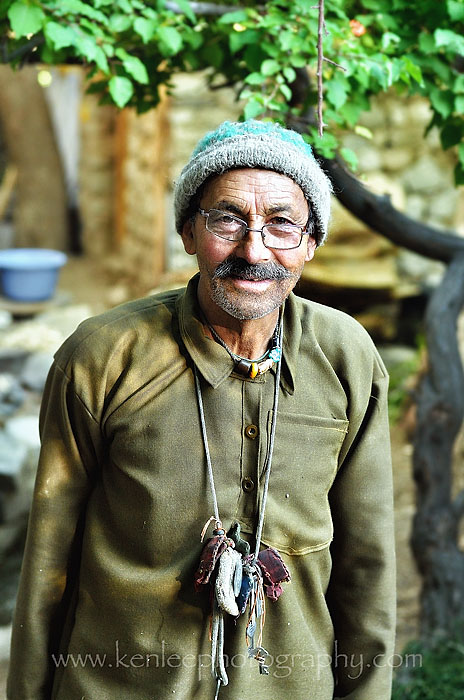 One of the 4000 residents of Dah Village. One of the 4000 residents of Dah Village. |
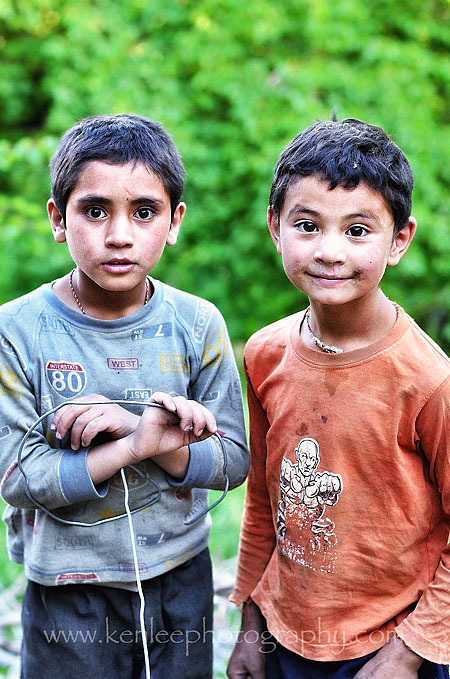 Dah Village, summer 2013. Dah Village, summer 2013. |
We ate our meals here, all prepared by Lundhup. An enormous grape vine provides a beautiful canopy and much-needed shade during the hot summer months. |
 Monday 24 June 2013 - travel day from Dah to Srinagar: Monday 24 June 2013 - travel day from Dah to Srinagar:BOOOOOOM!! Two days ago, we had heard something that sounded like thunder. We were amazed at how loud the landslide was despite being maybe 5 km away. This morning, when we got to the landslide, it was still active, with small rocks still falling and dust coming from the rocks. We drove up and around, and then walked around the other way to catch the bus to Khaltse. We ate at Morning Star Restaurant, a cheap dhaba. Little did I know I would eat there again that day, as I stayed there from 11:30 to 5 pm waiting for a bus to Kargil. I finally caught a J&K State Road Transport bus, and even luckier, it was also going to Srinagar with only a half hour stop in Kargil (most buses stop overnight in Kargil). This bus also had by far the most foreigners I had seen on a bus, only having seen two at the most on buses before. We passed a town before Kargil that was in a valley, beautifully green cultivated land, Buddhist town called Khangral. The setting was pretty. I would love to Google this town and maybe go there and photograph it, although it would be kinda out of the way. There appeared to be some simple hotels there. There were some hotels around Lamayuru that I don't remember from previous visits, so it may be easy to go there and stay the evening as well. ~~~~ Photo: Ajanta Palace Houseboat, Dal Lake, Kashmir. Remember, follow the little forward and backward autorickshaws to navigate. |
|
Ken's photos of Nobel Peace Prize Winner Aung
San Suu Kyi, as well as photos of Peru, Burma, India, Morocco, China, Thailand,
Ghana, Ecuador, and elsewhere, have appeared in many books, magazines,
websites, and galleries. Visit the
Ken Lee Photography Website. Some of Ken's select photos may be
purchased through his
Imagekind Store. Join the fun and participation on Ken's Facebook Page. |
The Himalayas of India: Summer 2013
1 2 3 4 5 6 7 8 9 10 11 12 13
Bonus Page - Manali-Leh Road
Bonus Page - My Kashmiri Family Eleven Shadows Travel Page
Page 8 of 13
Eleven Shadows Travel Page
Contact photographer/musician Ken Lee